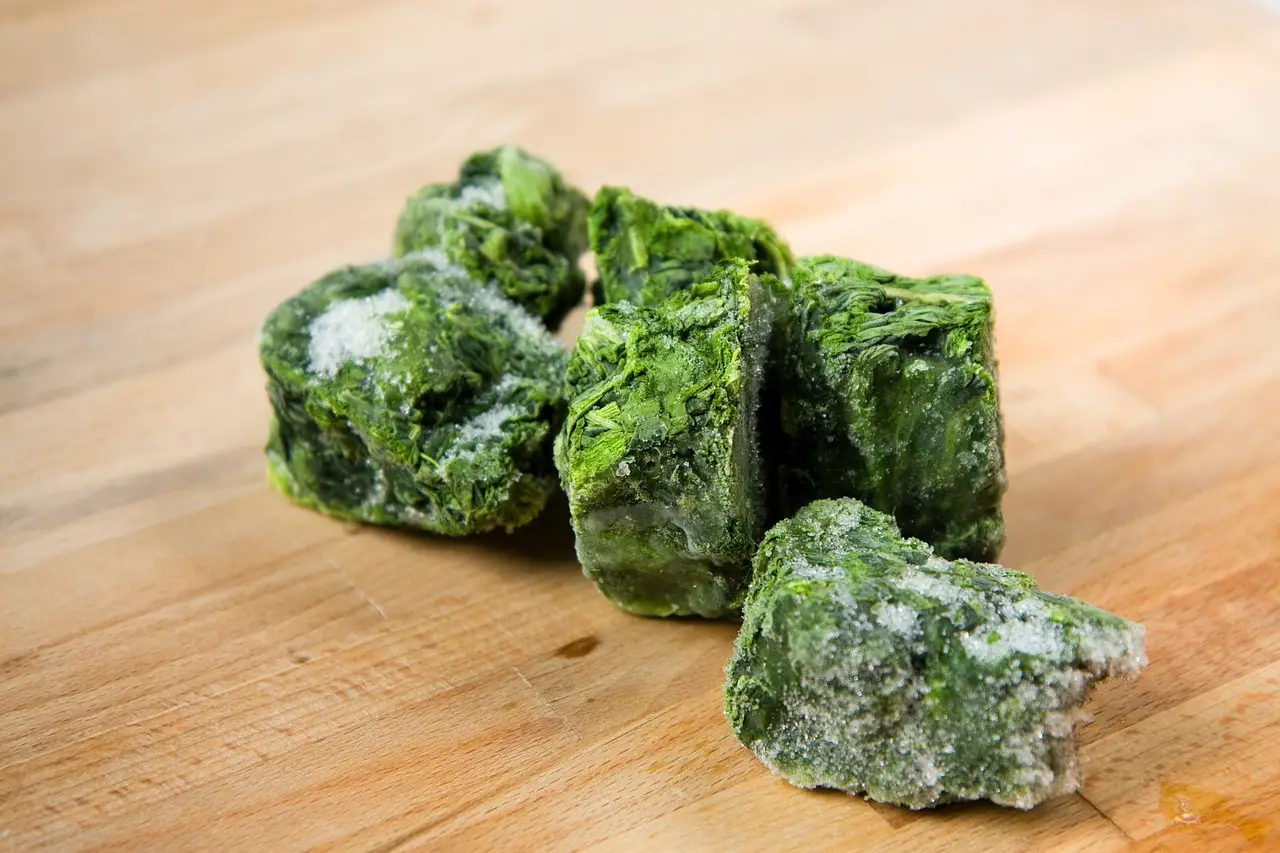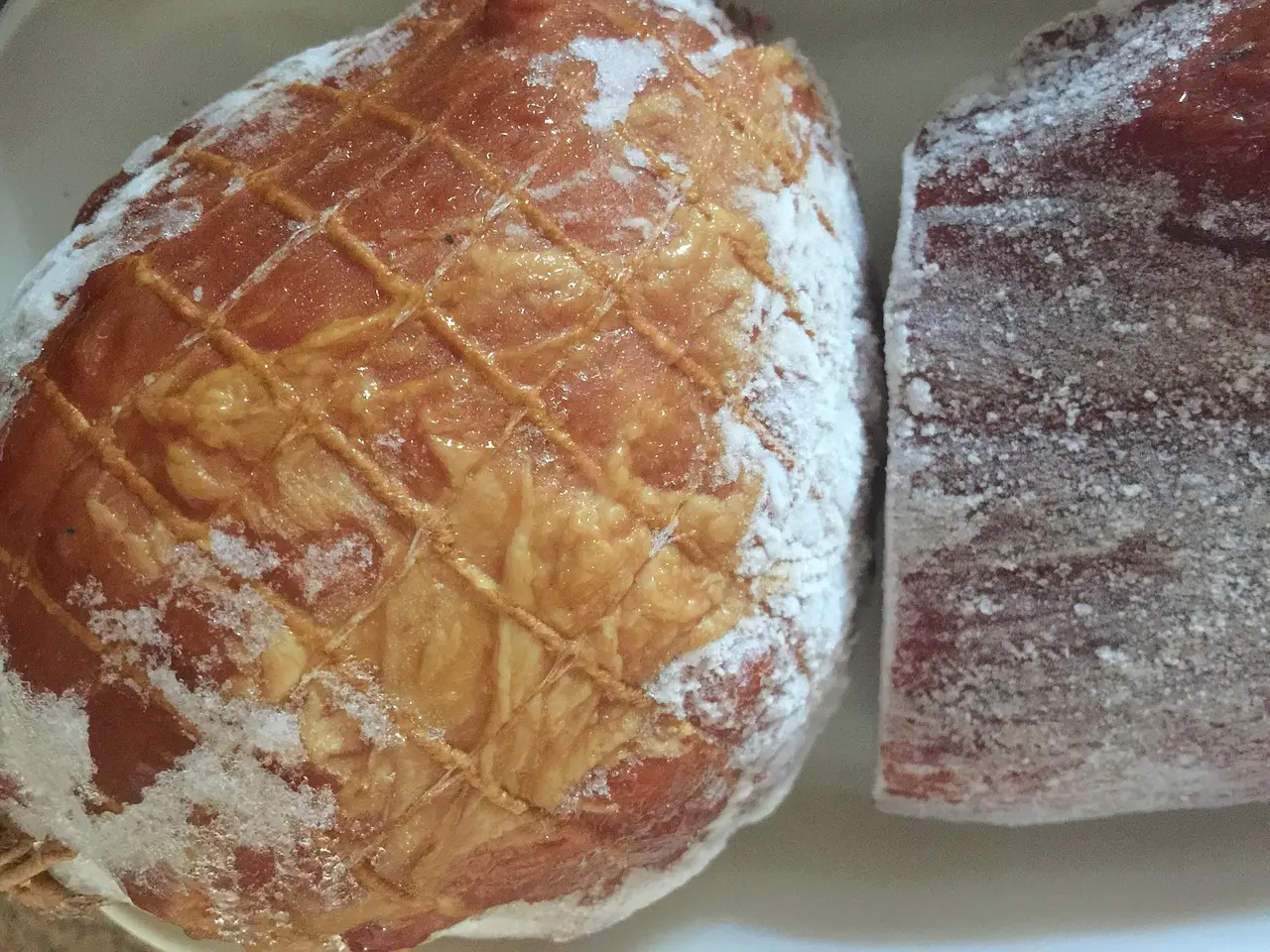Freezer burn is a common issue that can affect the quality and taste of frozen food. It occurs when the surface of the food becomes dehydrated due to exposure to air, resulting in a tough, dry texture and a loss of flavor.
While it is difficult to eliminate the risk of freezer burn, there are several steps that you can take to minimize its occurrence and keep your frozen food fresh and delicious. So let’s get started! This article will provide tips and strategies for preventing freezer burn and maintaining the quality of your frozen goods.

How to Prevent Freezer Burn?
It’s important to prevent freezer burn if you want to preserve the flavor and freshness of frozen food. To prevent freezer burn, it is crucial to protect the food from exposure to air.
Use airtight containers or bags, vacuum seal the food, or wrap it in plastic wrap or aluminum foil before storing it in an airtight container bag to achieve this. It is also important to store the food in the coldest part of the freezer, away from the door and any heat sources.
Overloading the freezer or allowing temperature fluctuations can increase the risk of freezer burn, so it is important to avoid these practices. In addition, regularly checking the freezer’s temperature and using older items first can help prevent freezer burn.
Labeling and dating items in the freezer can also ensure they are used promptly. Using a chest freezer, which is more efficient at maintaining a consistent temperature, can also help to prevent freezer burn. Finally, it is important to avoid thawing and refreezing food, as this can increase the risk of freezer burn and reduce food quality.
Additional Tips for Avoiding Freezer Burn
Good food storage practices can help you avoid freezer burn. Here are six suggestions for reducing the amount of food that has been frozen-burned:
1. Minimize Long-Term Storage:
Even food that has been well-protected for a long time can develop freezer burn. Food is effectively preserved for a long time in the freezer. However, nothing will permanently protect food against freezer burn. Consider twice before buying and storing food if you don’t anticipate using it in your freezer for longer than six months.
2. Be Sure to Close the Freezer Door:
The fluctuation in the chilly airflow within your freezer will increase the more you open the door. Frozen food begins to dry and become discolored as the air gets warmer and loses moisture.
3. Refrigerate before Freezing:
Once placed inside a freezer, hot meals and foods at ambient temperature can cause the freezer to heat up. All the cooler foods in your freezer may lose moisture when this hotter meal warms them. Your food will be at the proper temperature for freezer storage if you cool it in a refrigerator.
4. Set the Temperature Low:
Keeping your freezer substantially cooler will help you avoid freezer burn in the first place, even though food freezes at 32 degrees Fahrenheit. Zero degrees Fahrenheit or lower makes it simpler to freeze food and slows down the sublimation process—the moisture loss that causes freezer burn.
5. Use Airtight Containers:
Store it in freezer-safe containers to avoid prolonged contact with air that dries out food. Use vacuum-sealed freezer bags or other storage options that are particularly made. Alternatively, you might use a straw to remove all the air.
6. Food Wrapped:
To further protect their food from moisture loss, home cooks can wrap it in wax paper, aluminum foil, or a layer of plastic wrap. Pick up some freezer paper or plastic from the grocery store, but remember to put wrapped food in an airtight container for the best freezer burn protection.
Reference: Pediatric burn prevention: An epidemiological approach.
To investigate the burn methodology in hospitalized pediatric burn patients to develop a targeted burn prevention campaign. A thorough investigation of burn incidents can reveal repeated injury mechanisms, directing the focus of preventive strategies.
What Causes freezer burn?
Freezer burn is caused by food dehydration due to cold, dry air circulation within the freezer. When food is stored in the freezer, the moisture on its surface begins to evaporate, forming ice crystals.
If the food is not properly sealed or protected, this moisture can escape, leaving the surface of the food dry and exposed to air. As the food loses moisture, it becomes dehydrated and develops the tough, dry texture and discolored appearance characteristic of freezer burn.
In addition, fluctuations in the freezer’s temperature can also contribute to the formation of freezer burn. To prevent this from occurring, it is important to store food in airtight containers and regularly check the temperature of your freezer to ensure it is consistently cold.
Can Vacuum Sealing Prevent Freezer Burn?
Vacuum sealing can be an effective option to prevent food from developing freezer burn. When food is vacuum sealed, the air is removed from the bag or container before it is sealed, creating a vacuum. This prevents air circulation around the food and helps to reduce the risk of moisture loss and dehydration.
As a result, vacuum-sealed food is less likely to develop the tough, dry texture and discolored appearance associated with freezer burn. In addition to preventing freezer burn, vacuum sealing can help extend frozen food’s shelf life by protecting it from bacteria and other contaminants.
However, it is important to note that vacuum sealing is not foolproof to prevent freezer burn. If the food is not stored properly or the vacuum seal is not airtight, it may still be exposed to air and moisture, leading to freezer burn.
To maximize the effectiveness of vacuum sealing in preventing freezer burn, it is important to follow the manufacturer’s instructions and store the vacuum-sealed food at a consistent, cold temperature.
Can you Avoid Freezer Burning with Tin Foil?
Yes, using aluminum foil can help to prevent freezer burn. When food is stored in the freezer, the moisture on its surface begins to evaporate and form ice crystals. If the food is not properly sealed or protected, this moisture can escape, leaving the surface of the food dry and exposed to air.
Wrapping the food in aluminum foil can create an additional barrier between the food and the air, reducing the risk of moisture loss and dehydration. As a result, food wrapped in aluminum foil is less likely to develop the tough, dry texture and discolored appearance characteristic of freezer burn.
In addition to wrapping the food in aluminum foil, it is also important to store it in an airtight container or bag to further protect it from exposure to air. This will help ensure the food stays fresh and of good quality in the freezer.
How do you Resist Ice Crystals on Frozen Food?
Preventing the formation of ice crystals on frozen food is critical for preserving its quality and texture. Using airtight containers or bags to store food in the freezer prevents ice crystals. This will help prevent air circulation around the food and reduce the risk of moisture loss.
To further prevent the formation of ice crystals, store the food in the coldest part of the freezer, away from the door and any heat sources. Overloading the freezer or allowing temperature fluctuations can increase the risk of ice crystal formation, so these practices should be avoided. Checking the freezer temperature regularly and using older items first can also help to prevent ice crystals from forming.
Labeling and dating freezer items can help ensure they are used promptly, lowering the risk of ice crystals. A chest freezer, which is more efficient at maintaining a consistent temperature, can also aid in preventing ice crystals. Finally, it is critical to avoid thawing and refreezing food, as this increases the risk of ice crystal formation and lowers food quality.
Is it Safe to Eat Freezer-Burned Food?
In most cases, eating food that has developed freezer burn is safe. While the appearance and texture of the affected areas may be unappealing, the rest of the food should be safe to eat.
However, if the food has been stored in the freezer for an extended period and has developed a significant amount of freezer burn, it may have lost some of its nutritional value and flavor.
In these circumstances, it may be best to discard the affected areas and only consume the fresh and good-quality parts of the food. If you are still determining whether it is safe to eat freezer-burned food, it is always better to err on caution and throw it out.
It is important to regularly check the contents of your freezer and dispose of any food that has been stored for too long or has developed significant amounts of freezer burn. This will help to ensure that you are only consuming fresh and nutritious foods.
Can you Get Sick from Consuming Freezer-Burned Food?
In most cases, consuming food that has developed freezer burn is safe. While the appearance and texture of the affected areas may be unappealing, the rest of the food should be safe to eat. However, if the food has been stored in the freezer for an extended period and has developed a significant amount of freezer burn, it may have lost some of its nutritional value and flavor.
If the food has been stored in the freezer for an extended period, it may have become contaminated with bacteria or other microorganisms. In these cases, consuming food may cause food poisoning or other illnesses. In these cases, it may be good to discard the affected areas and only consume the fresh and good-quality parts of the food.
If you are still determining whether it is safe to eat freezer-burned food, it is always better to err on caution and throw it out. It is important to regularly check the contents of your freezer and dispose of any food that has been stored for too long or has developed significant amounts of freezer burn. This will help to ensure that you are only consuming fresh and nutritious foods.
Conclusion
In conclusion, freezer burn is a common issue that can affect the quality and taste of frozen food. It is brought on by the freezer’s air circulation, which circulates cold, dried, and has the potential to create ice crystals to form when moisture on food surfaces dries.
It’s crucial to keep food in airtight containers and to routinely check the freezer’s temperature to ensure it’s consistently cold to avoid freezer burn.
As it eliminates the air from the bag or container and generates a vacuum, vacuum sealing can also be useful for avoiding freezer burn.
While it is not always possible to eliminate the risk of freezer burn, following these tips and strategies can help to minimize its occurrence and keep your frozen food fresh and delicious.

